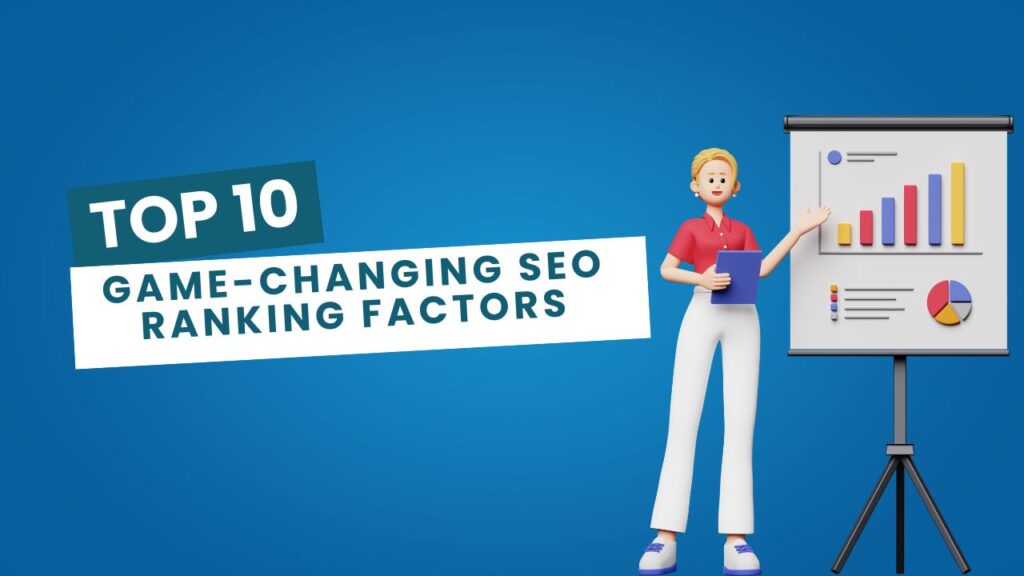7 Powerful LinkedIn SEO Strategies to Instantly Boost Your Post Rankings
LinkedIn isn’t just a professional networking site—it’s also a powerful platform for content marketing and personal branding. But many people don’t realize that LinkedIn has its own SEO system that determines how posts rank in search results and feeds. If you want your content to get noticed, it’s essential to understand how LinkedIn SEO works and how to optimize your posts beyond just adding hashtags. In this blog, we’ll take a deep dive into LinkedIn’s content ranking strategy, uncover the factors that affect your post visibility, and share actionable tips to help your posts rank higher in LinkedIn search and feeds. What Is LinkedIn SEO? LinkedIn SEO refers to optimizing your content so it ranks better within LinkedIn’s search results and user feeds. This means when someone searches for keywords related to your expertise or industry, your posts, articles, or profile are more likely to show up. Unlike Google SEO, which focuses on websites, LinkedIn SEO revolves around profiles, posts, articles, and hashtags within the LinkedIn ecosystem. How Does LinkedIn Rank Posts? LinkedIn uses a complex algorithm to decide which posts to show in a user’s feed and search results. While the exact algorithm is proprietary and changes frequently, research and testing by social media experts have identified key ranking factors: 1. Relevance to Search Queries When someone searches on LinkedIn, the platform looks for content containing keywords related to that query. This includes the post text, headline (for articles), and even the content inside images or videos if they have captions. 2. User Engagement Signals Likes, comments, shares, and clicks all indicate a post’s value. The more engagement your post gets—especially shortly after posting—the higher it ranks. LinkedIn prioritizes content that encourages conversations and interaction. 3. Connection Strength Content posted by your first-degree connections or people you frequently interact with is more likely to appear in your feed and search results. LinkedIn values relationships, so networking directly impacts your content visibility. 4. Content Format LinkedIn favors native content—posts created and uploaded directly to LinkedIn, like text posts, images, videos, and documents—over external links that take users off-platform. 5. Hashtags and Keywords While hashtags help categorize content and make it discoverable, LinkedIn SEO goes beyond hashtags. Keywords placed naturally in your post and profile carry more weight. 6. Timeliness Recent posts are prioritized for freshness, so posting consistently can keep your content visible. Going Beyond Hashtags: How to Optimize Your LinkedIn Posts for SEO Hashtags are important, but they’re just the starting point. Here’s how to improve your LinkedIn SEO by optimizing posts strategically: Use Relevant Keywords Naturally Include keywords that your target audience would search for. For example, if you’re a digital marketing consultant, use phrases like “digital marketing strategy,” “SEO tips,” or “content marketing” in your post text. Tip: Write your first two lines carefully—they often show up in search snippets and previews. Write Engaging, Clear Headlines For LinkedIn articles and documents, headlines are crucial. Use descriptive, keyword-rich titles that tell readers exactly what to expect. Create Native Content Post directly on LinkedIn rather than sharing links to external sites. Native content gets more reach because LinkedIn wants to keep users on its platform. Encourage Interaction Early Ask questions or invite opinions to spark comments. Early engagement signals to LinkedIn that your content is valuable. Tag Relevant People and Companies Mentioning relevant profiles can increase reach and credibility. When tagged users engage, it boosts your post’s visibility further. Use LinkedIn’s Document and Video Features Documents and videos get higher engagement rates. Using these formats can help your post stand out and rank better. Post Consistently Regular posting keeps you active in the algorithm’s eyes. Aim for at least 2-3 posts per week. Additional Tips to Boost Your LinkedIn SEO Common LinkedIn SEO Mistakes to Avoid Conclusion LinkedIn SEO is a powerful but often overlooked way to boost your professional brand and content reach. Understanding how LinkedIn ranks posts—and going beyond simple hashtag use—can dramatically improve your visibility on the platform. By using relevant keywords, creating engaging native content, encouraging interaction, and posting consistently, you can make LinkedIn’s algorithm work in your favor and get your posts seen by the right people. For more such content check out more article here Trendify Digital Facebook page: Trendify Digital Instagram Page: Trendify Digital
7 Powerful LinkedIn SEO Strategies to Instantly Boost Your Post Rankings Read More »
SEO
